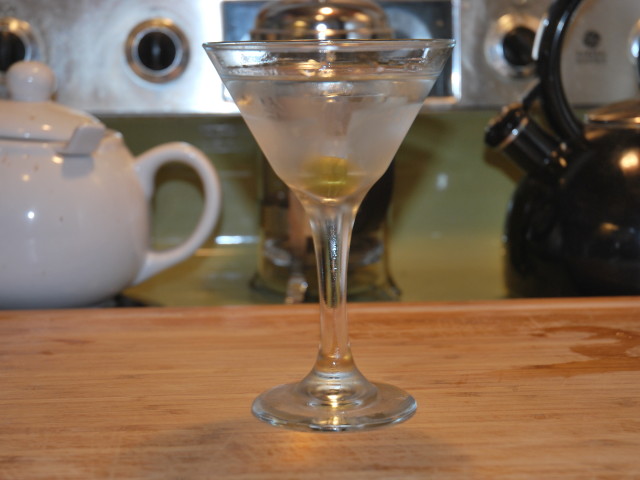


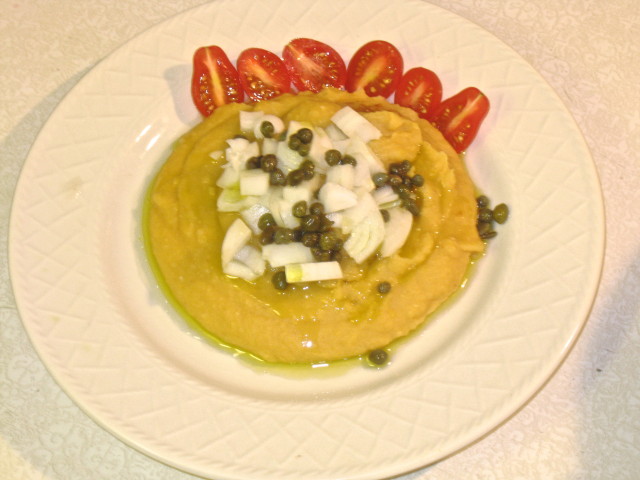
When most greeks when they hear Santorini, think of the historic island of Greece, that one of the biggest volcanic eruptions recorded in human history. The one that destroyed the Minoan civilization. On the other hand, foreigners that hear Santorini, think of the island of the sun, the fun, the girls, the weather the sunset. Especially the last one was voted, as the best sunset on the world. One of the characteristics of the island, however, is the very dry and hot climate during the summer time.
Read More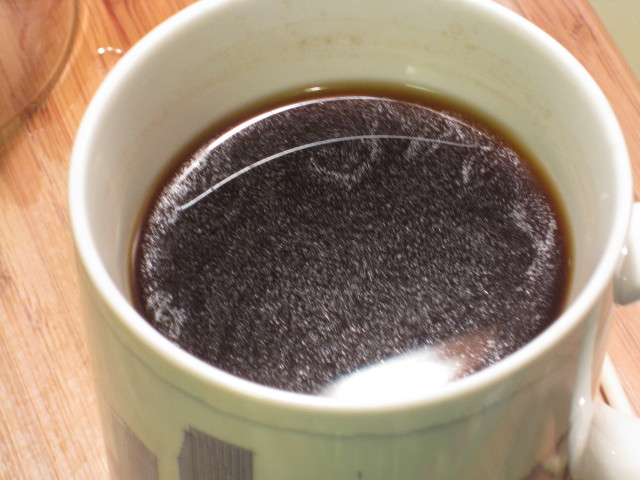
And n...
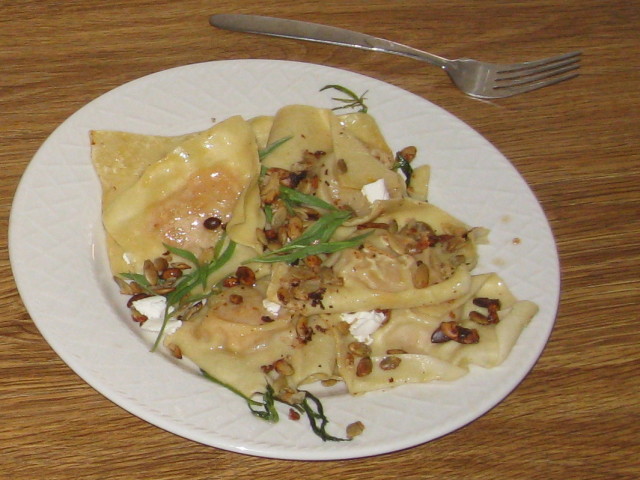
It ‘s been months since my last post, and even longer since I posted a recipe. I feel I should be back to posting what I like the most. I recently found a new inspiration that pushes me to discover new frontiers in food and in taste and flavor. The following dish, is one of my favorites. Simple but elaborate, elegant but humble, sweet sour and salty. It is the food that reminds me of fall, somewhere around October, when the trees are shedding their leafs, the sky becomes gloomy and the breeze is a little colder. I would not have much to say about the history of the dish or the ingredients. Just a few words about the butternut squash. Butternut squash (Cucurbita moschata), also known in Australia as Butternut pumpkin, is a type of winter squash. It has a sweet, nutty taste that is similar to pumpkin or sweet potato. It has yellow skin and orange fleshy pulp. When ripe, it turns increasingly deep orange, and becomes sweeter and richer. It grows on a vine. The most popular variety, the Waltham Butternut, originated in Stow, Massachusetts, on what is now the Butternut Farm Golf Club.
Read More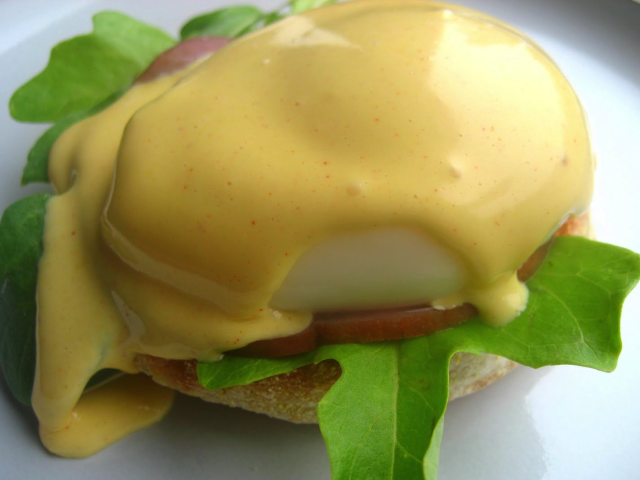
I left for last the sauce that is the one closest to my heart. The sauce of the sauces. Well at least for me it is. I love this sauce as nothing in the world. It is a sauce that has only one way of making it and can accommodate everything, from veggies to cardboard.
Read More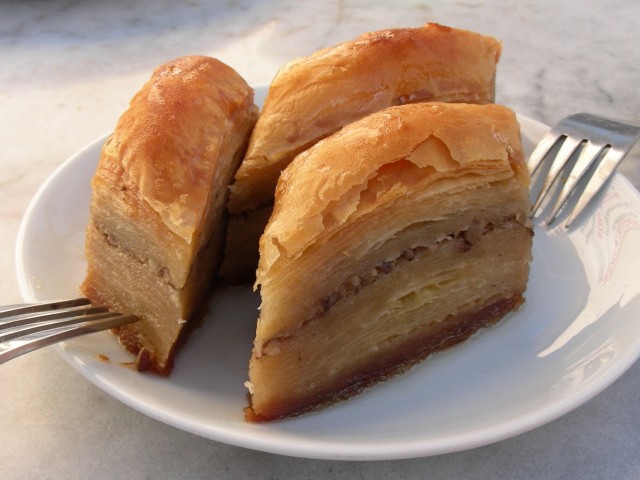
One of the most recognizable greek deserts is baklava. It is a layered desert with lot's of nuts and a thick sweet delicious syrup. It a staple to almost every greek restaurant and pastry shop. The history of the desert is long and it is lost in past centuries, somewhere in the middle east. The first record of a desert like such was in ancient Syria where the Assyrians at around 8th century B.C. were the first people who put together a few layers of thin bread dough, with chopped nuts in between those layers, added some honey and baked it in their primitive wood burning ovens.
Read More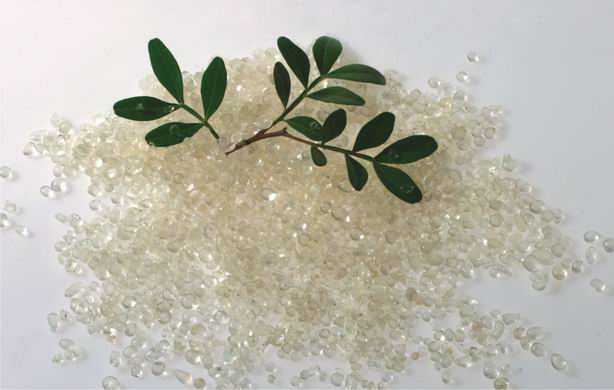
Masticha is also known as the greek vanilla since it used to flavor the deserts in Greece before the fabulous vanilla appear in the picture. Personally although I don ‘t want to get into the game of supporting one versus the other, but I just think that mastic is more versatile and can substitute vanilla in 90% of the deserts. A different taste, but equally tasty. It was used since the ancient times, for various applications mainly for the hygiene of the mouth. Currently the market is flooded with pills, mouth wash, gum and palms that carry as basic ingredient the masticha resin. So much that is actually easier to find the masticha products than the masticha itself.
Read More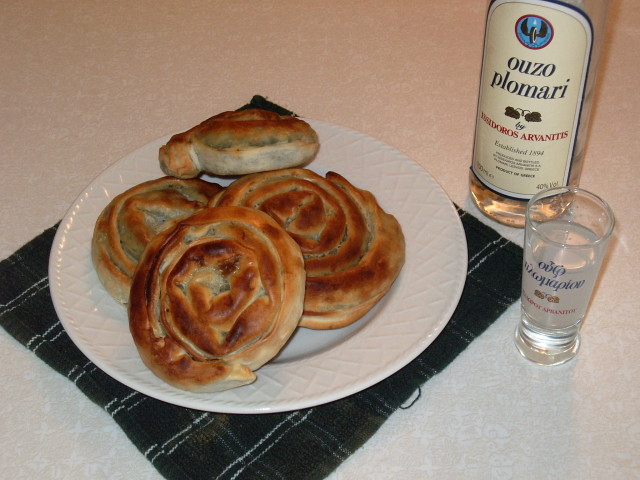
A spinach pie with a real twist I gave it. Just to make more fun the process of eating. And increase the mystery that surrounds the pie. The concept is actually not original. It is inspired by a pie called saricopita and it is very very common at the mountains of Crete. It resembles the way the sarici (a cretan traditional head-wear) is wrapped around the head. Spinach pie (spanakopita), in every form, is a great summer food. Light, tasty and goes great with Ouzo.
Read More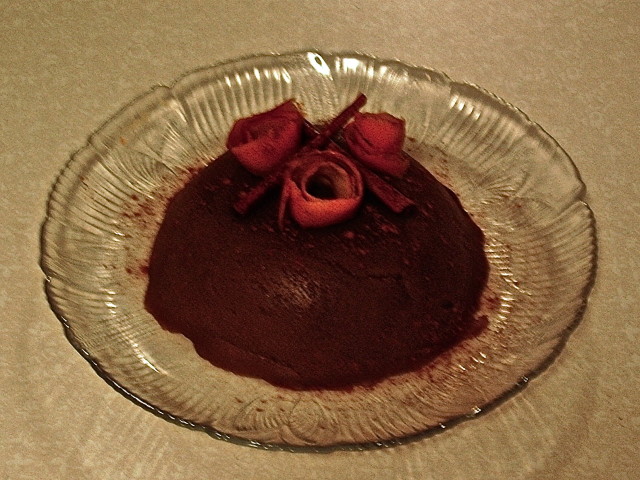
Halva is on of my favorite deserts. Not only because it is simple to make, but mainly because in my eyes it is just a canvas where you can play with the spices and the flavorings you want. Traditionally this is known to be a Greek desert, however, I now that a similar variation is encountered in Turkey and in India. I will highlight the differences later on the post, but for now let me tell you more about the desert. It was originated somewhere in the middle east, most likely to the region close to India. The basic ingredients are, fat, starch and sugar. We start with the fat that will be the carrier of the flavors and intensify the sweet taste. The starch will provide the main body and structure of the desert. The sugar... Well that you can guess. The only other basic ingredient required here is a water based ingredient that will cook everything.
Read More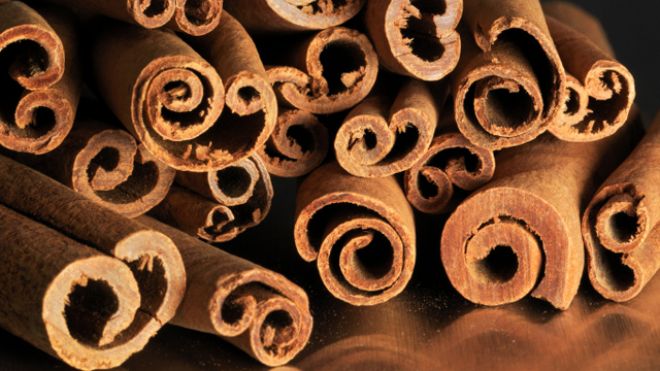
One of the most recognizable aromas is cinnamon. If you think of it is the only spice with pepper that has food named out of it, cinnamon rolls, Cinnamon Toast Crunch (cereals by General Mils), cinnamon swirl cake, apple cinnamon cake and so on... It is the only spice that has its aroma extracted and commercialized for room fragrant. It is also a spice that is very closely bonded to holidays. How many can imagine Christmas and Thanksgiving without cinnamon? Not many... I know. Not to mention all this cinnamon flavored gums. But have you ever wondered what makes cinnamon... well cinnamon? Before we get started with hard science stuff let 's see where cinnamon is coming from. Well cinnamon is native to Sri Lanka and the best cinnamon is still produced there. However the first reference to cinnamon was in the ancient China. A big difference between cinnamon and other spices that in cinnamon the flavor is not coming from the seed of a plant, but thin layers shaved of the bark of a small laurel-like tree; the (what else) cinnamon tree. The shaves are usually rolled to quills. There are two types of cinnamon you can find, the actual bark (actual skin) and thin layers that come out of the branch after the skin has been removed (picture above).
Read More